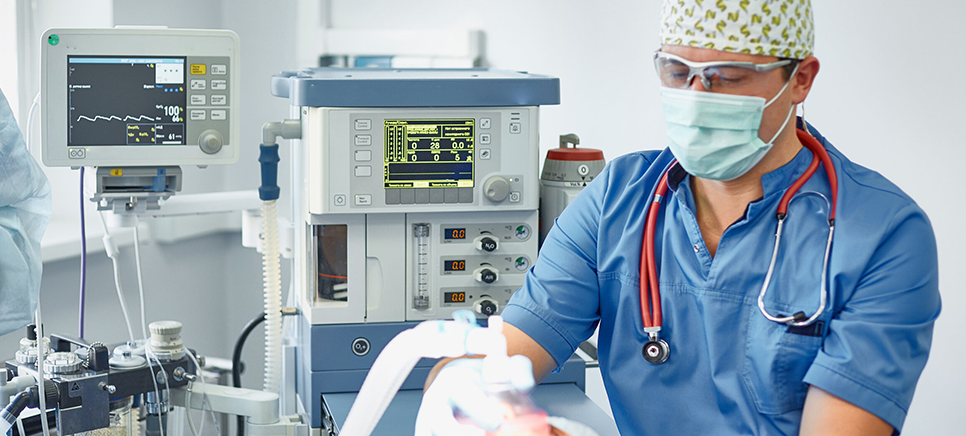It is important to note that pudendal neuralgia is largely a “rule out” condition. In other words, because its symptoms can indicate a number of other problems, extensive testing is required to ensure that a different condition is not the source. Common conditions, infections and disorders which are evaluated include:
- Coccygodynia (pain in or around the coccyx)
- Piriformis syndrome (spasms and pain in the buttock)
- Interstitial cystitis (bladder pressure or pain, pelvic pain)
- Chronic or non-bacterial prostatitis (long term pain and urinary problems)
- Prostatodynia (inflammation of the prostate)
- Vulvodynia (pain, burning in vulval area)
- Vestibulitis (pain in area surrounding entrance to the vagina)
- Chronic pelvic pain syndrome
- Anorectal neuralgia (pain in the ano-rectal region)
- Pelvic contracture syndrome/pelvic congestion
- Proctalgia (severe pain of pelvic floor muscle)
- Anorectal pain syndromes such as:
- Proctalgia fugax
- Levator ani syndrome.
- Urinary tract infection
- Prostate infection
- Vaginal infection
- Sexually transmitted diseases (STDs)
- Lyme’s disease
- Multiple sclerosis
- All colorectal cancers









